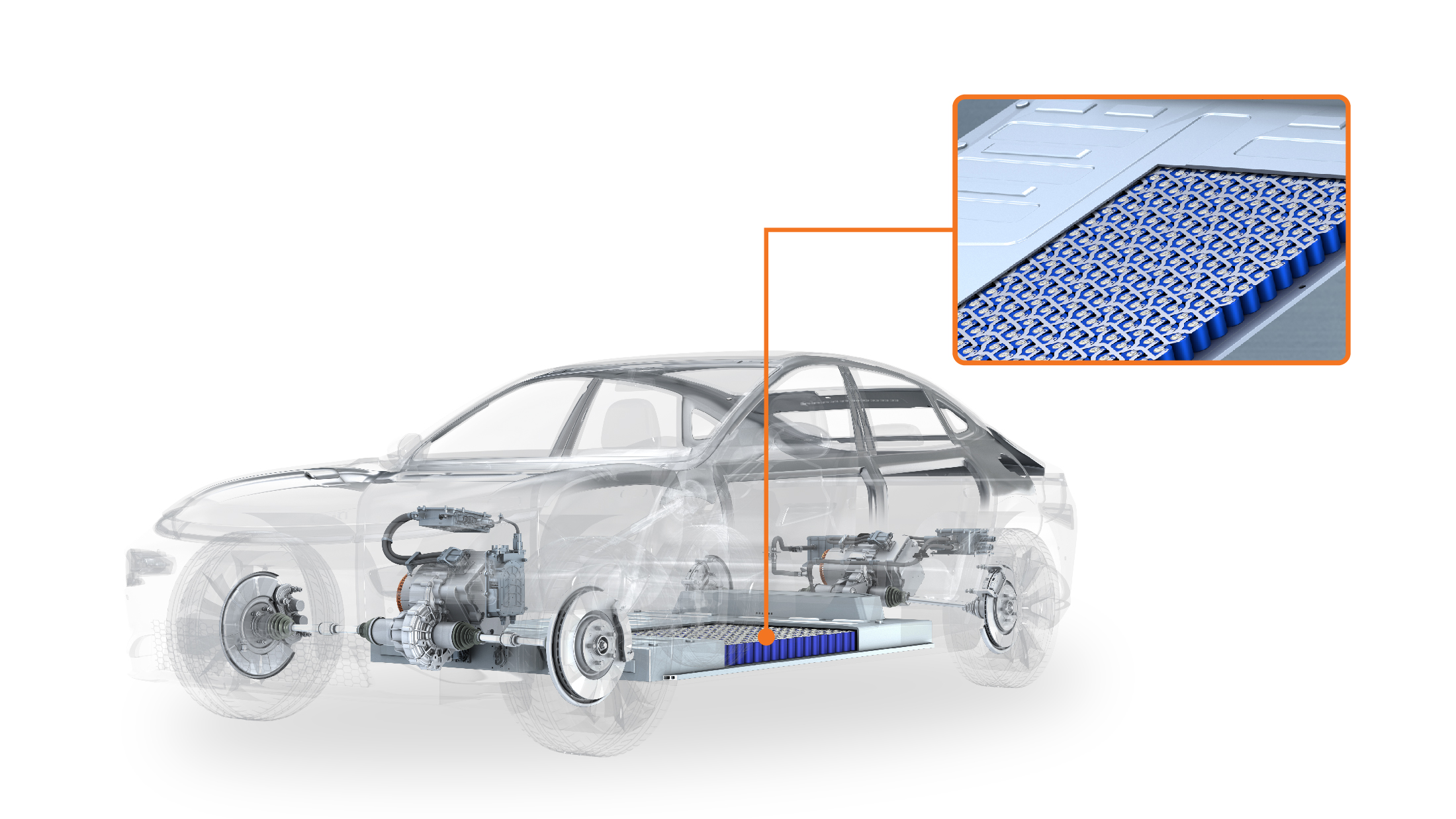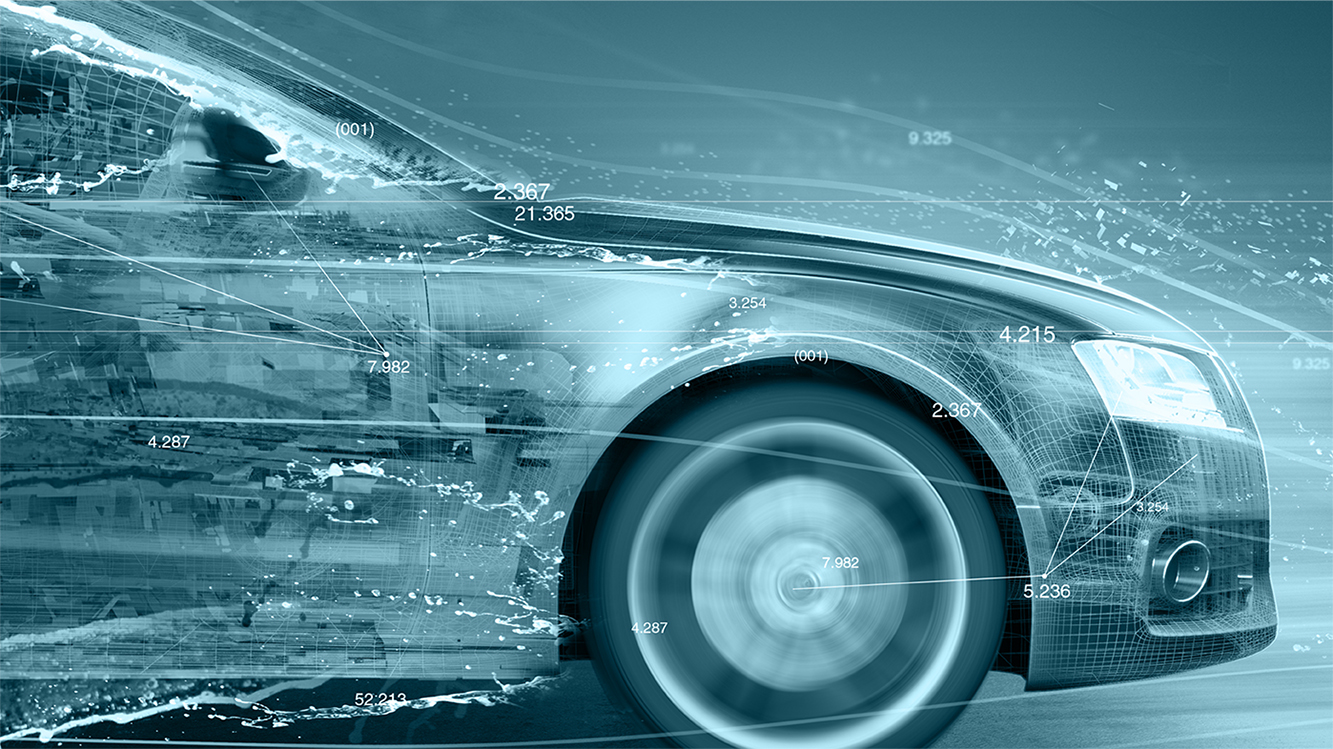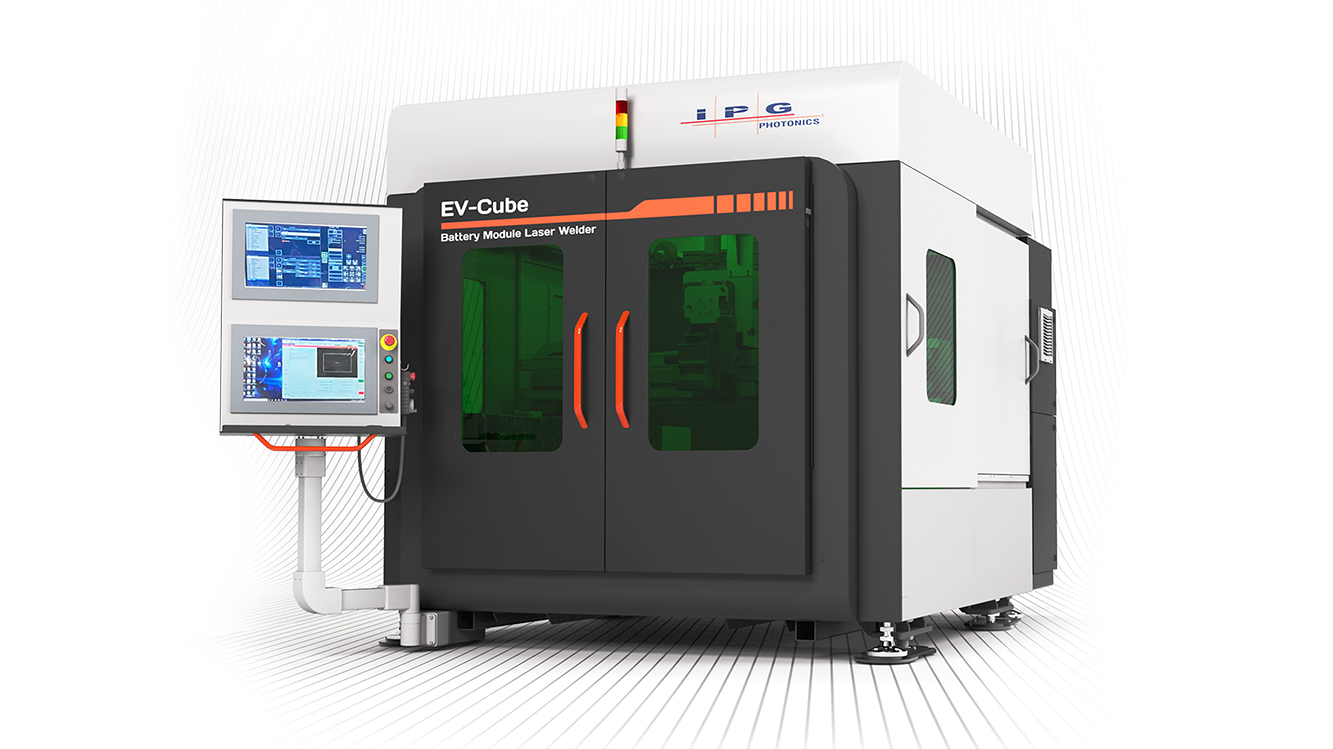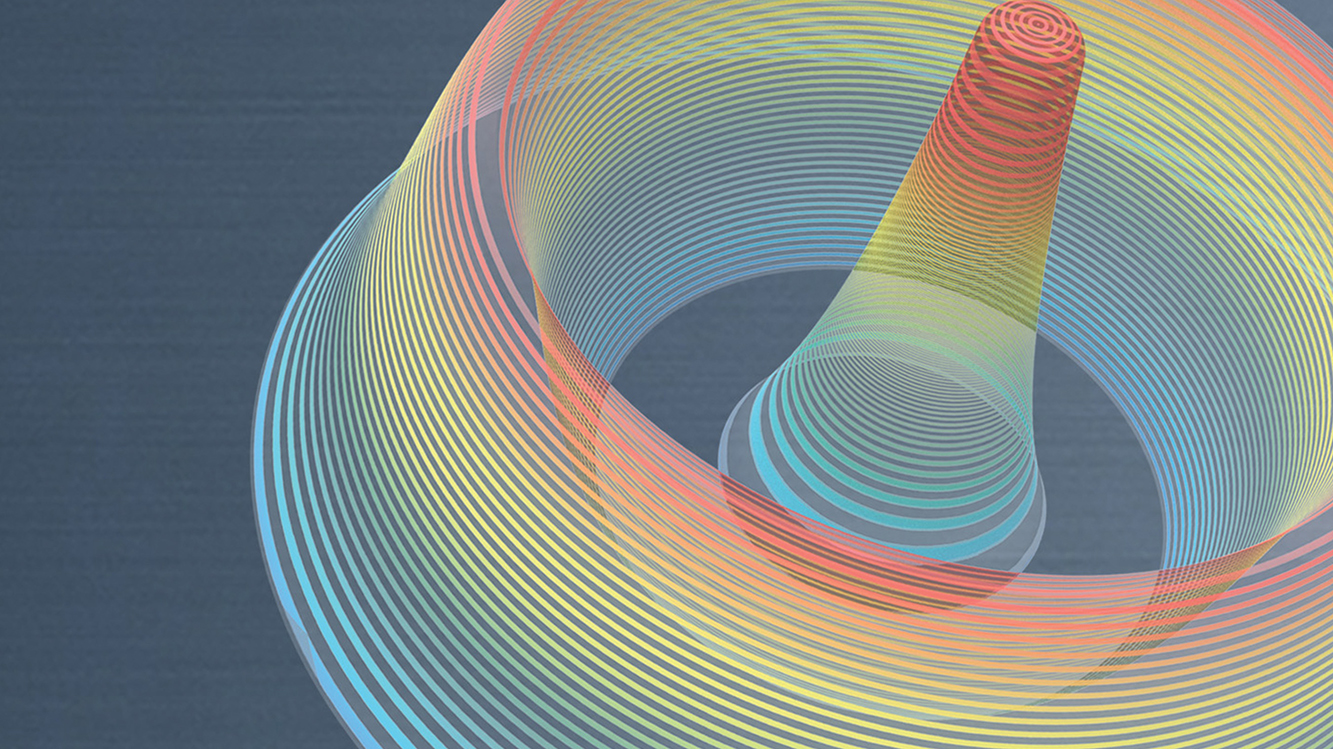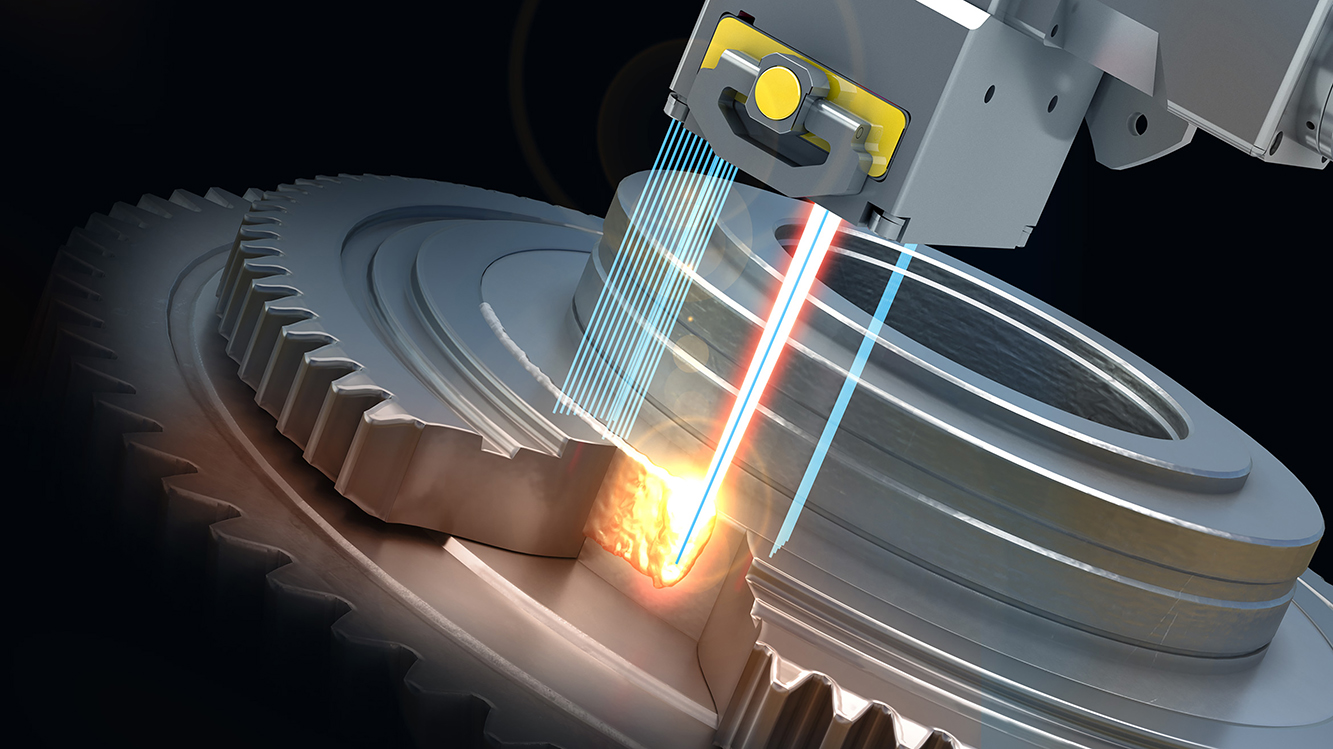In the world of electric vehicle (EV) battery manufacturing, laser welding is a cornerstone technology that offers unparalleled precision, reliability, and efficiency in joining battery cells and busbars. Laser welding enables the production of consistently high-quality batteries and battery assemblies and allows for more complex, higher performance EV battery designs. However, taking full advantage of the undeniable benefits of laser welding requires some key considerations from tooling to quality assurance (QA) before battery production can begin.
1. Choosing a Clamping Method
There are two basic approaches to the design of the tooling that presses busbars or collector plates to battery cell terminals: weld masks or single cell clamps. The choice between these clamping methods significantly impacts production efficiency and adaptability.
Welding masks promise speed and efficiency by clamping the busbar to several cells at once – the downside is that dimensional tolerances must necessarily be tighter to ensure sufficient busbar-to-cell contact across a wide area. Conversely, single cell clamping accommodates greater variations in cell alignment or geometry, simplifying production and reducing costs. However, this flexibility comes at the cost of speed. Laser welding offers very high busbar-to-cell welding speeds, sometimes exceeding a dozen cells per second, but slower clamping methods can limit welding rates.

Laser welding speeds can exceed a dozen cells per second for cylindrical cell connections
2. Ensuring Precise Cell Positioning
Laser welding is an exceptionally precise process and cell positioning must be consistent and precise to ensure uniform welds. Variations in cell alignment within the battery pack can lead to misaligned welds or inadequate weld penetration that compromise structural integrity. Tighter cell holder designs often reduce battery placement variation but may risk over-compression and cell damage during installation. Optimizing battery pack design with alignment guides and minimizing gaps enhances weld accessibility and quality.
3. Designing Busbars for More Than Performance
Designing an effective busbar or current collector plate involves more than optimizing electrical performance. Considerations like thickness, which dictates stiffness and flexibility, impact both tooling and the optimal laser parameters. Thicker busbars, often used for prismatic cells, are efficient at carrying currents but are harder to bend for contact with cell terminals. Additionally, thicker materials can increase laser penetration time.
Busbar material is a particularly critical consideration when designing EV battery busbars. Copper has long been a popular choice for both busbars and other EV battery features due to its excellent conductivity. However, aluminum has continued to grow in popularity as a replacement for copper busbars as it offers good electrical performance while reducing battery pack weight. Aluminum busbars often weigh as little as half as much as copper busbars.
Fortunately, lasers designed for EV battery welding maintain high welding speeds and excellent weld quality for a wide variety of busbar designs and materials. Battery welding lasers often offer highly focused beams with excellent beam quality that achieve weld penetration quickly without creating a large heat-affected zone.
4. Planning for Battery Handling Requirements
Each year, EV battery manufacturers make millions, or even billions, of busbar-to-cell welds, making efficient automation critically important. There are many factors that drive battery design but one illustrative example is terminal placement on cylindrical cells.
Cylindrical cells can be designed with both the positive and negative terminal on the top or the positive terminal on the top and the negative on the bottom. Choosing between these designs dictates production speed and complexity. The traditional top/bottom design enables simplified busbar design but necessitates an additional battery handling step to flip the assembly for a second welding pass. The top/top design, which has become more common with the introduction of 4680 style cells, allows for faster production cycles with reduced battery handling but demands both precise weld placement within tight tolerances and more complex busbar design.
Regardless of battery design or battery welding requirements, laser welding lends itself well to automation. An effective EV battery laser welding system fits the stage of production, from R&D to full-scale manufacturing, and addresses tooling and battery handling requirements.
5. Incorporating a Robust QA Process
When incoming batteries have consistent surface quality and tolerances, laser welding is a highly stable and repeatable process. However, if dimensional or positional properties vary unexpectedly, the result may be a faulty weld. Faulty welds result in expensive rework or scrap and, in the worst-case scenario, catastrophic failure in the final product. It is therefore necessary to accurately, and efficiently, measure and test every busbar-to-terminal weld.

Real-time weld measurement technology directly measures weld geometry as the weld is made.
Destructive testing produces accurate results but is expensive and incapable of measuring every weld. Methods like photodiode are performed in-process for each weld but can only take indirect measurements and provide imperfect results. EV battery manufacturers have increasingly turned to real-time weld measurement. Real-time weld measurement directly measures critical factors like weld depth as the weld is made, returning highly accurate data comparable to destructive testing. Additionally, trends in weld measurement data can detect process drift, helping battery manufacturers prevent future unacceptable welds.
Taking Full Advantage of Laser Welding
Ultimately, taking advantage of the full potential of laser welding technology requires an understanding of both laser capabilities and battery requirements. Working with an experienced e-mobility laser solutions provider is an important step in optimizing EV battery production. Laser solutions providers like IPG Photonics integrate lasers, beam delivery, real-time weld measurement, and laser systems purpose-built for battery welding to help battery manufacturers succeed in this dynamic industry.
Learn More: How to Get Started with a Battery Welding Solution


